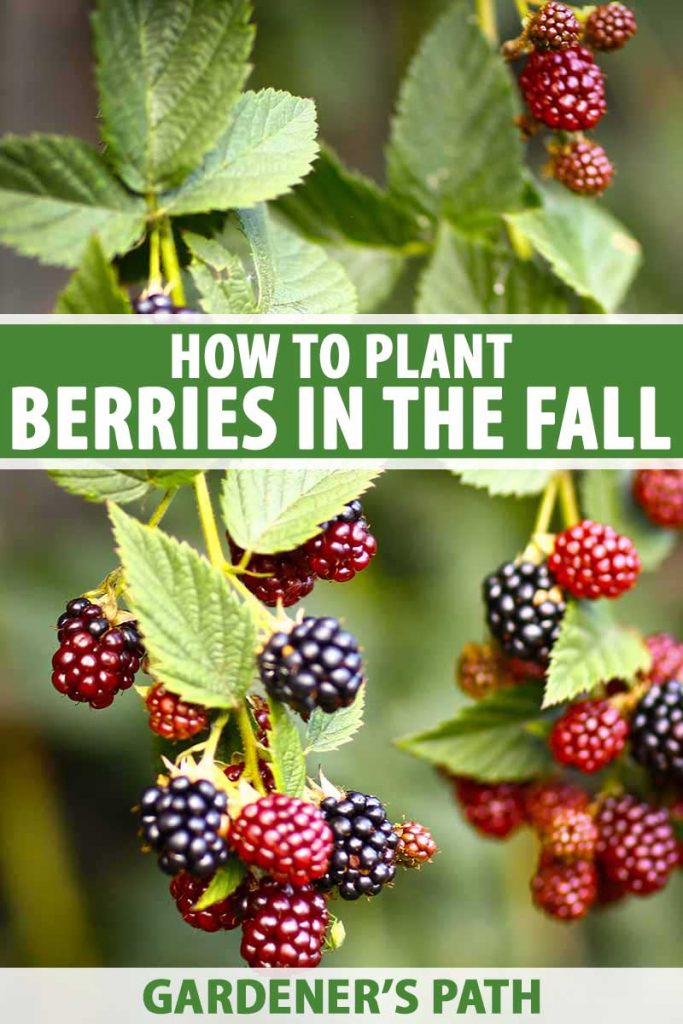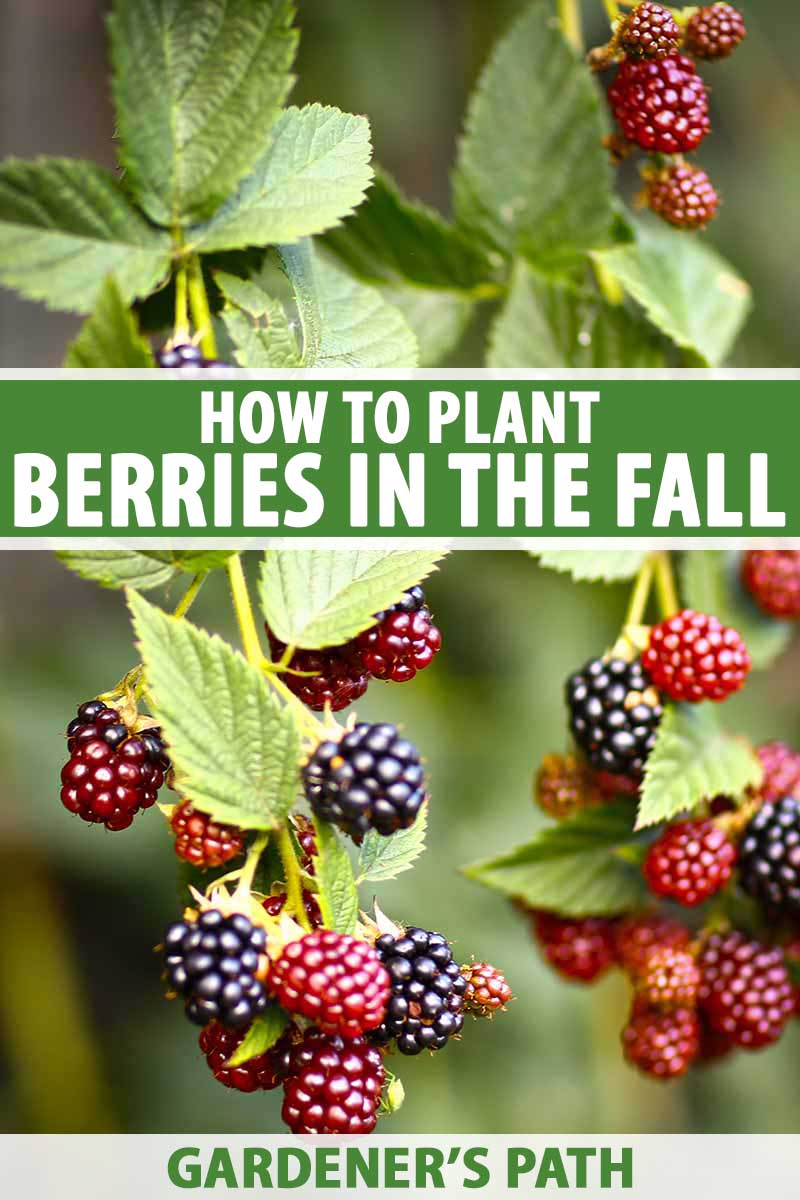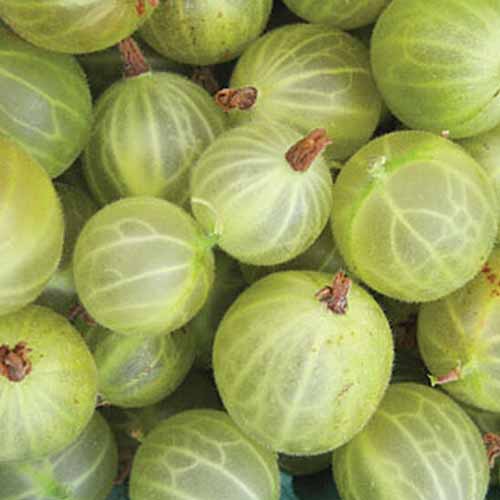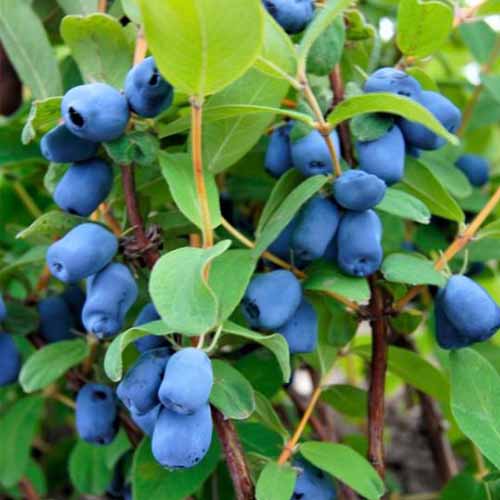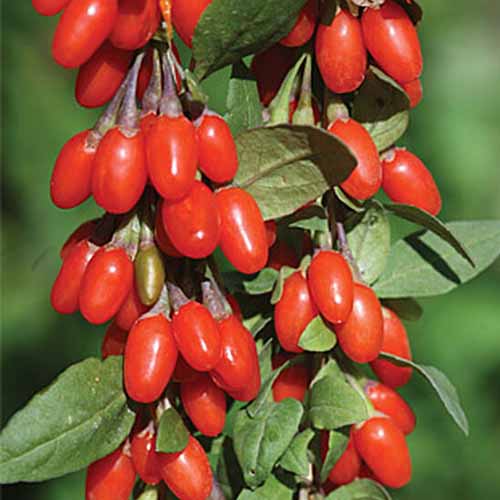Fall may make you crave all things pumpkin, but it’s also the perfect time to set yourself up for a generous crop of sweet and delicious berries come spring and summer.
So finish up your pumpkin spice latte and take a few moments to whet your appetite for the lush taste of homegrown fruit.
Autumn is the best time for planting shrubs, trees, and herbaceous perennials because the cool weather and warm soil give the transplants time to establish roots, starting off their life in your yard on a good foundation.
We link to vendors to help you find relevant products. If you buy from one of our links, we may earn a commission.
Planting in the fall allows plants to become established before going dormant, making them better prepared for spring leaf production and a bountiful crop.
So set your sights on next year’s smoothies, pies, and fruit salads, and dive into fall berry planting.
What You’ll Learn
Plan Your Berry Plantings
First, you’ll need to decide which types you want to plant.
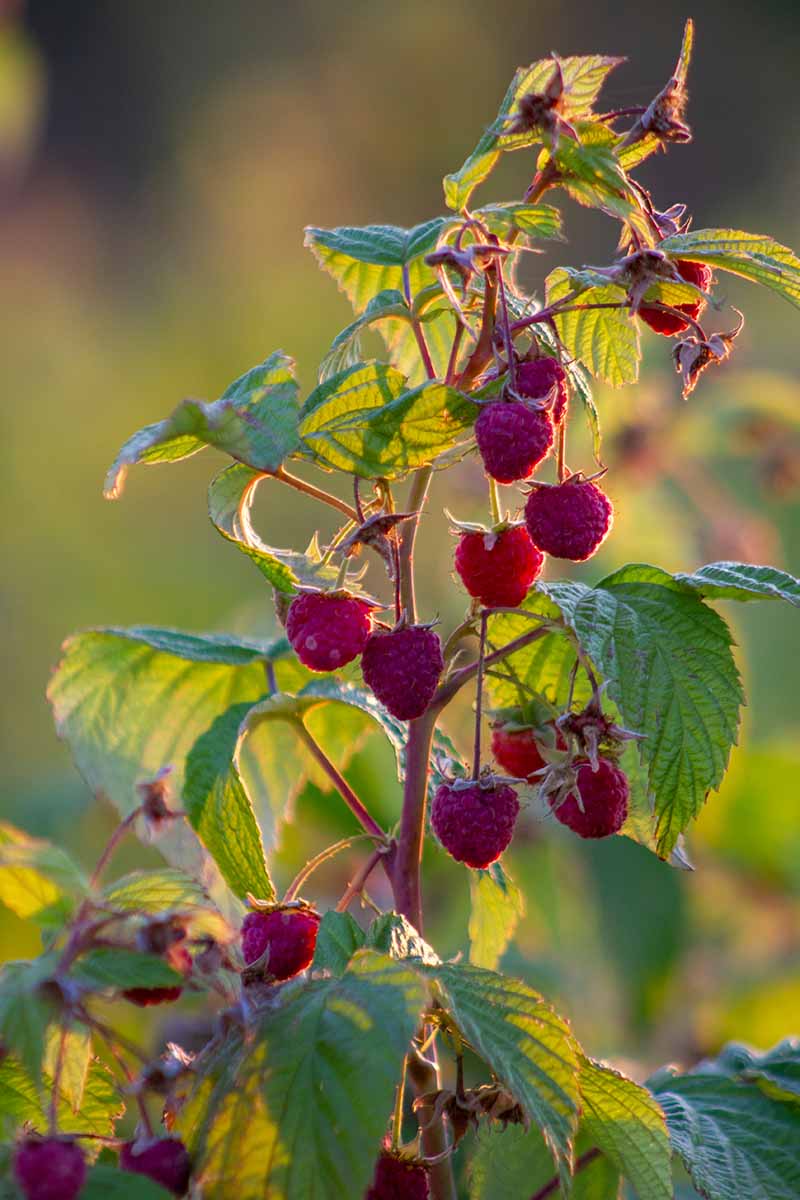
There are several considerations to take into account, from the types you actually like to eat to the constraints of your garden space. Be sure to consider the following before getting started:
What Types of Berries Do You Like to Eat?
Make a quick list of the ones that you already know you like. Do you love strawberry ice cream? Are blueberries a staple in your smoothies? Do you go wild for cranberries in the fall?

Go ahead and write down your favorites. Later, I’ll give you some suggestions for more unusual berries you can add to your list as well.
Consider Your Climate
Knowing your climate and USDA Hardiness Zone will help you decide which types are best to plant.
For arid climates, gojis, gooseberries, currants, elderberries, and mulberries will be some of your best bets.
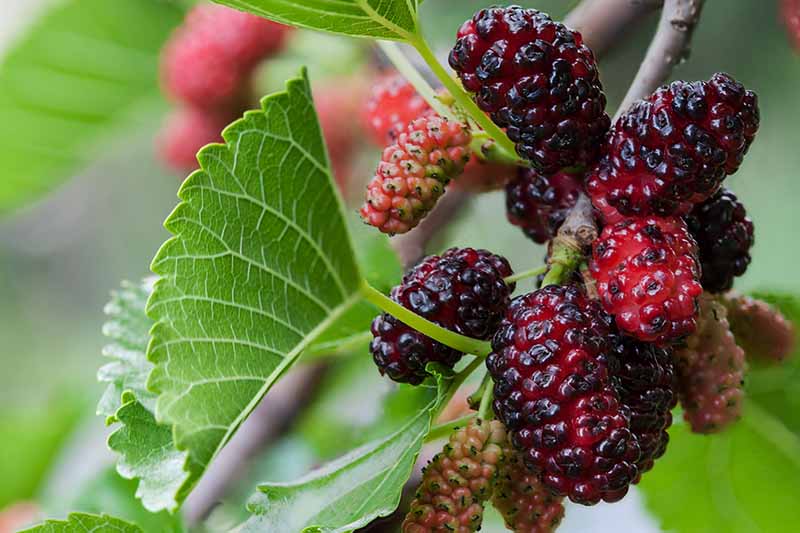
In temperate climates, you will have the widest range to choose from – including strawberries, blueberries, and cane fruits – blackberries, raspberries, and the like – as well as those mentioned for arid climates above.
Consider Your Soil
Your climate conditions will influence your soil as well.
Arid climates tend to have alkaline soil, and wet climates tend to have acidic soil. Before you plant, consider your soil pH and whether adding amendments might help.

Whether your soil is acidic or alkaline, you may want to plan to work some compost into your soil before you plant. Compost helps balance soil pH, because it tends to have a neutral pH itself.
Not sure if you have acidic or alkaline soil? Areas where conifers are growing are more likely to be acidic, whereas vines like honeysuckle and Boston ivy thrive in alkaline conditions.
To get a head start with complete information about your soil, perform a soil test.
Consider the Growth Habit of the Plant
Berry, berry, wild and merry, how does your berry grow? Make sure you know what to expect from your plants before you decide which ones to include.
Strawberries are low-growing herbaceous perennials that can be used as a ground cover.
Some culinary berries grow on shrubs, such as blueberries and gojis. Blueberries can double as landscaping plants with their bushy growth and beautiful fall color.
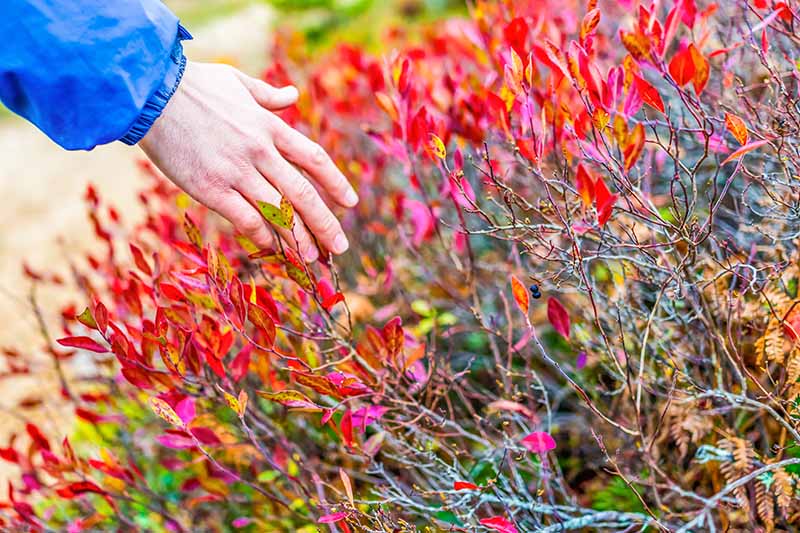
Many types grow on vining branches called canes and can turn into thickets, such as raspberries, blackberries, and elderberries.
You might find the sprawling canes of blackberry and elderberry are best suited to growing along a fence, or at the edge of your property as a hedge.
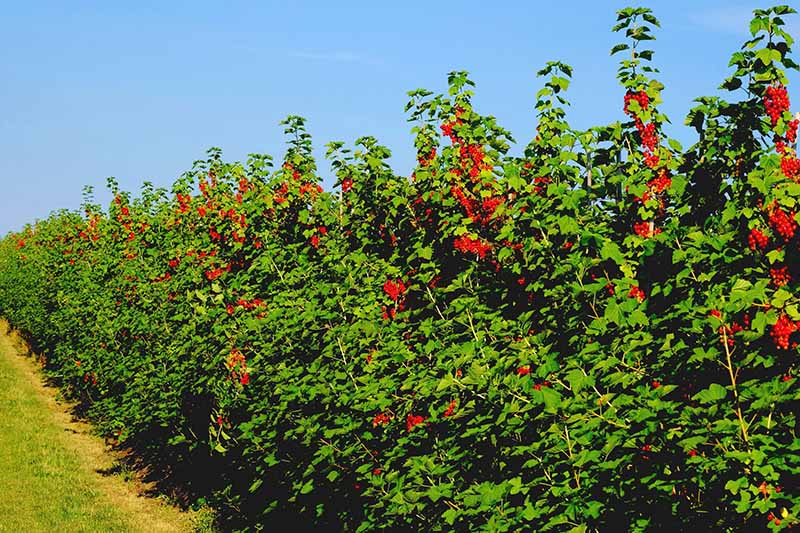
And some edible berries grow on trees, such as the greatly under-appreciated mulberry.
So think about whether you have room for ground covers, bushes, a thicket, hedges, or trees – or all of the above!
How Tall and Wide Are the Plants Going to Get?
The height and spread of your plants can impact the other members of your garden.
Make sure to check this info for the specific varieties you choose, and then plan your plantings for areas where you have plenty of room.
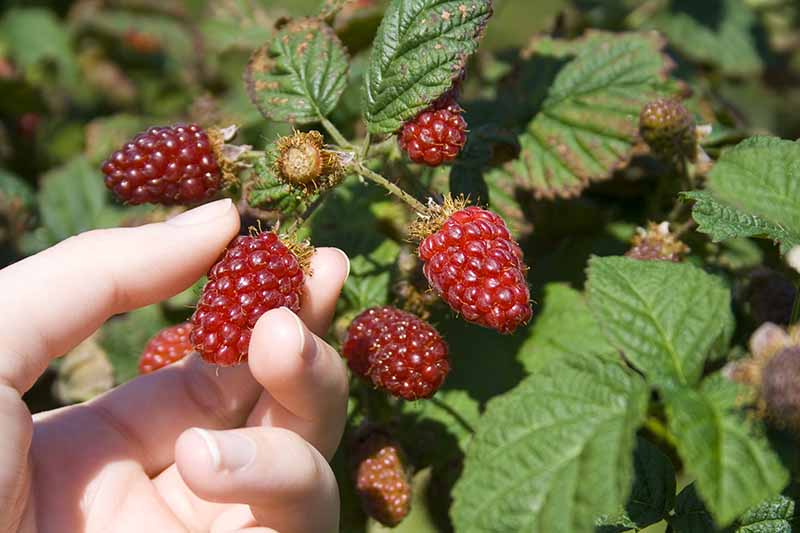
You’ll want to make sure they won’t shade out neighboring low-growers come spring, or spread beyond the bounds of neighboring fences or tree lines. Remember that existing perennial plants will grow in time as well!
For compact spaces and container gardens, consider dwarf cultivars.
Consider How Many Plants You will Need
Are you looking for just a few handfuls to satisfy a household of one or two with occasional snacks, or do you envision future summers and autumns filled with jam-making and pie baking?
Depending on the types of plants that you choose, some will take several years to reach full maturity.
Some cultivars are known to produce high yields, while others are more sparing with their output of fruit.

These factors may also affect the varieties that you choose, and how many you decide to plant.
Planting multiple plants or other cultivars of the same type in close proximity is also recommended for certain varieties, to promote cross-pollination and the production of a larger harvest.
In this case, be sure to select cultivars that are recommending for planting together, with similar bloom times.
Plant Berries for a Constant Harvest
Once you have made your shortlist of potential candidates, plan your selection so that you can have a constant harvest from spring all the way through to fall.
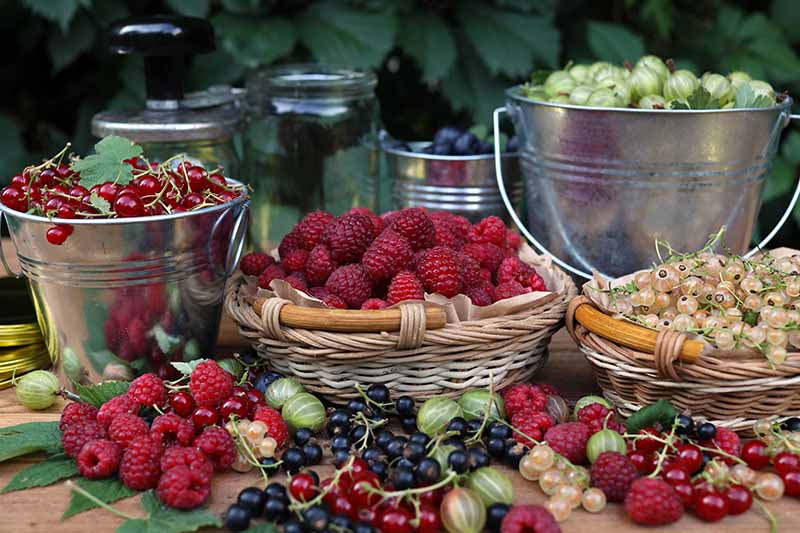
Harvest times will vary depending on where you live, so get to know your local berry harvest schedule. Keep an eye on what’s in season at your local farmers market, or check local agricultural extension schools for this information.
Your harvest schedule will also depend on which cultivars you choose, so make sure to note when specific varieties are expected to ripen. Here’s a basic harvest schedule for your reference:
Berry Harvest Schedule
- Spring:
- Honeyberries
- Strawberries
- Early Summer:
- Black currants
- Blueberries
- Boysenberries
- Elderberries
- Gooseberries
- Huckleberries
- Raspberries
- Tayberries
- Late Summer/Early Fall:
- Blackberries
- Cranberries
- Goji berries
- Lingonberries
- Raspberries
Try picking at least one type from each period of the growing season to ensure a sweet harvest from spring to fall.
Where to Find Berry Plants
Blueberry bushes, and raspberry and blackberry canes, may be in stock at your local garden center during the fall season. To find some of the more unique or rare plants, online resources will probably be your best bet.
If you are the experimental type like I am, I bet you’ll enjoy growing a few less common types, the kinds you can’t usually buy fresh in a grocery store. Here are a few recommendations for inspiration:
Gooseberries
Gooseberries are related to currants (those of the Ribes genus, that is, not the small, black, raisin-type dried fruits that are also commonly called currants – these are Vitis vinifera ‘Black Corinth,’ aka Corinthian raisins, actually a type of seedless grape). They can have either a tart or sweet taste, depending on when you pick them.
Gooseberries (R. uva-crispa and R. hirtellum) are popular in Europe, but they are not typically easy to find at markets in the US. And what does any good gardener do when she can’t find a fruit or vegetable she loves at the market? She grows her own.
‘Pixwell’ is a winter hardy variety that bears fruit on nearly thornless stems, and plants or bare roots ready for planting are available from Burpee. This cultivar can be grown in Zones 3-8.
Read more about growing gooseberries here.
Honeyberries
Honeyberries are a little known fruit. The plant is a non-climbing member of the honeysuckle family.
The fruits of the honeyberry plant (Lonicera caerulea) look like something out of a Dr. Seuss book! They resemble elongated blueberries that sometimes have blunt ends, and are said to have a delicious fruity taste reminiscent of honeysuckle.
‘Tundra’ honeyberry is an excellent variety for us cold zone gardeners. Incredibly, it is hardy down to -55°F! It grows well in Zone 7 and below. Plants in #3 containers are available from Nature Hills Nursery.
Goji Berries
Are you a health nut as well as a gardener? If so, I’m sure you’ve heard of goji berries.
‘Sweet Lifeberry®’ Goji Berries
Touted for their antioxidant properties, the fruits of the goji plant (Lycium barbarum or L. chinense) are usually found dried when purchased commercially, and this is the form in which they seem to taste the best.
They are delicious in granola mixes, smoothies, or even added to tilt the health balance of a batch of cookies or brownies. But they do tend to be pricey. One way to get around the hefty price per pound is to grow your own.
The ‘Sweet Lifeberry®’ variety has purple flowers, and can be planted to form hedges that will grow 10-12 feet tall. Good for growing in Zones 5-9, plants are available from Burpee.
How to Plant Berries
Now that you have your berry selection, you may need to review the best practices for planting them. Have a look at our guide to growing a berry patch for a quick refresher.
And if you plan to grow your berries on trees such as mulberries, start with a quick review of our fall tree planting guide.
To dive even more deeply into the berry-growing rabbit hole, check out one of my favorite references, “The BackYard Berry Book: A Hands-On Guide to Growing Berries, Brambles, and Vine Fruit in the Home Garden” by Stella Otto.

Copies are available from Amazon.
Get “Berried” in Plants this Fall
Yes, the cool weather of autumn can make you want to hang up your garden gloves for the year and go curl up inside. But why not take advantage of a sunny autumn day to go plant the wonderful specimens you came up with on your fall berry planting list?
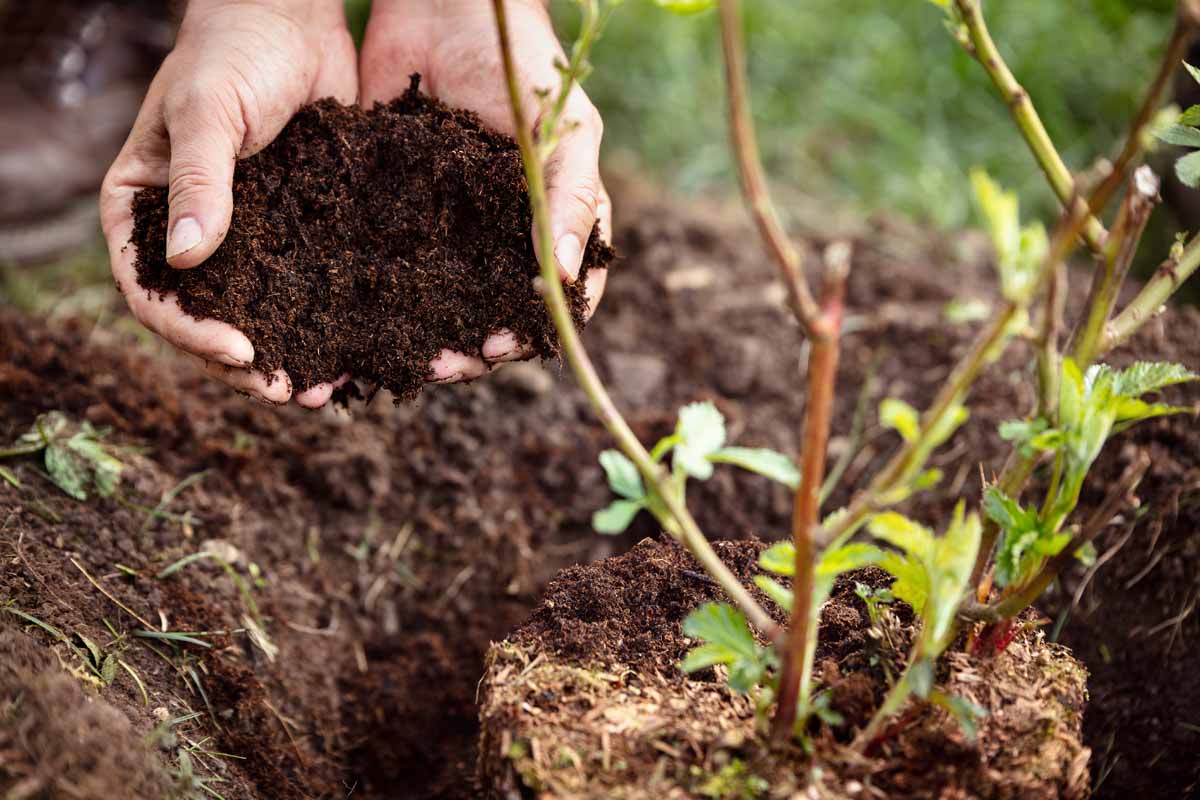
Imagine how you’ll feel next spring when your berry bushes start to grow, giving you a delicious harvest to take into your kitchen, with strawberries in the spring, blueberries in the summer, and cranberries in the fall!
What types of berry plants made it onto your list? Let us know in the comments below.
Still looking for a few more ways to get your hands dirty before winter settles in? Here are some additional ideas to feed your autumn gardening lust:
